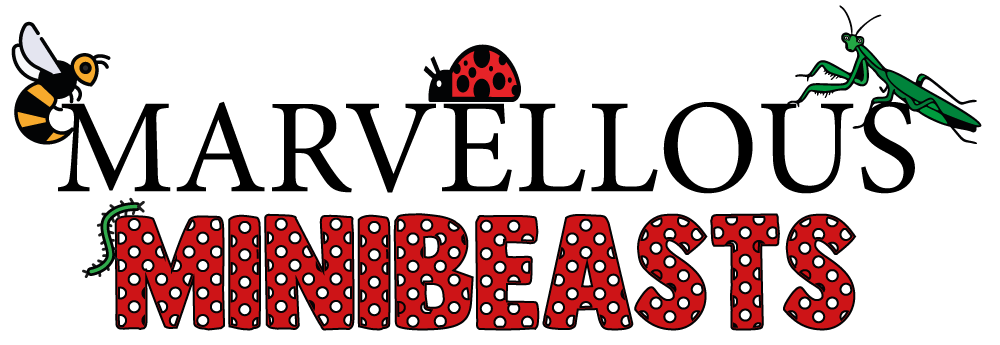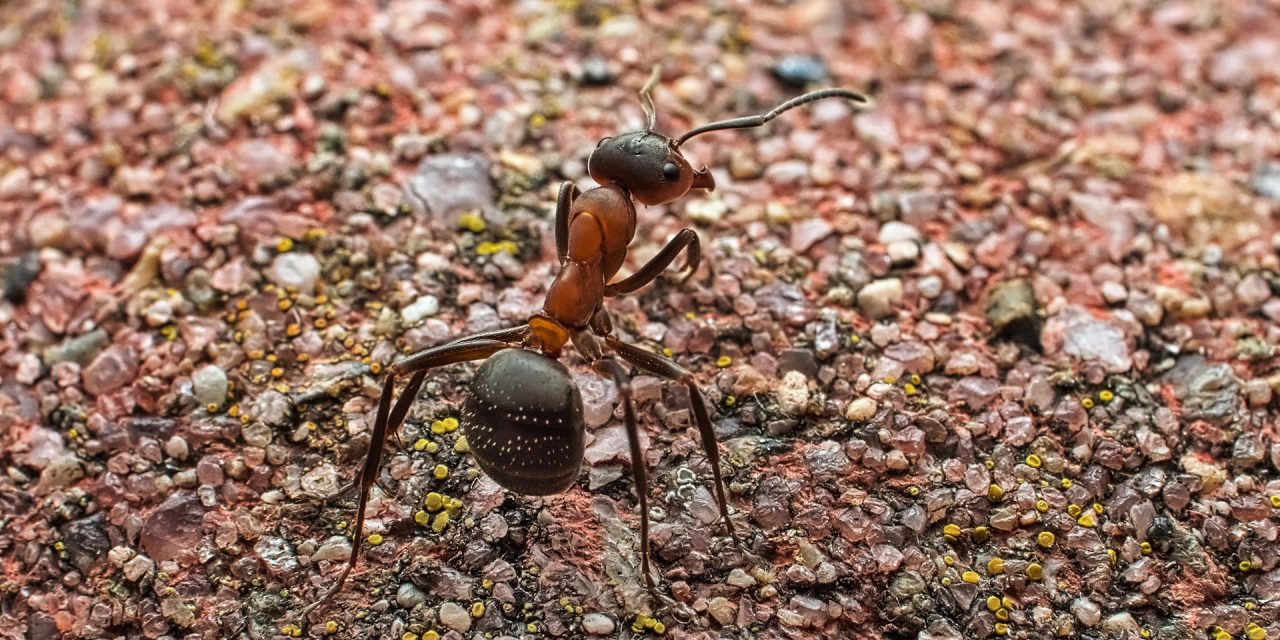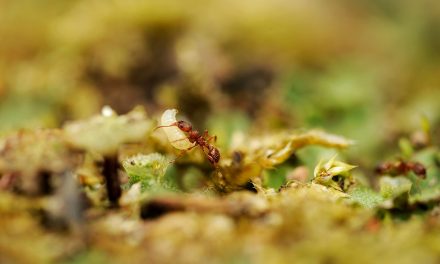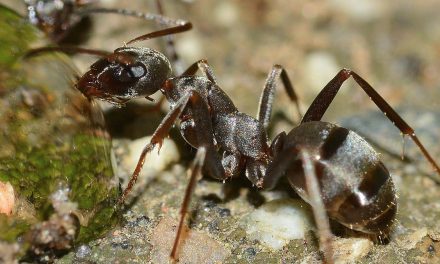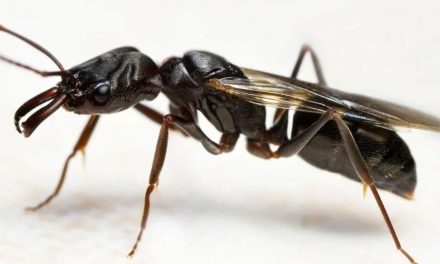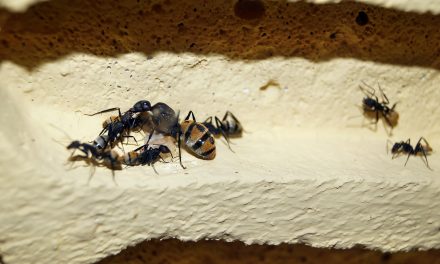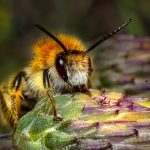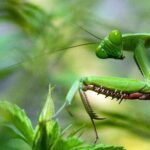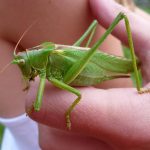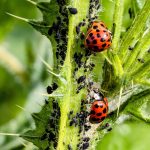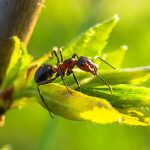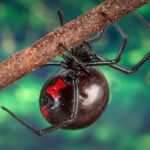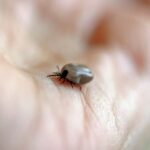You have done some research, and you have decided that you want to start an ant farm. Well, you have come to the right place to learn how to do that. When it comes to keeping ants as pets, there are three very important things you will need to consider, and those things are their habitat, food, and water. In this article, we are going to walk you through the process of how to start an ant farm.
How to start an ant farm
It’s not hard to get started with your own ant farm. Depending on how many you start with, your ants will be happy to spend the first part of their lives living in the test tube in which they were packaged. When your test tube arrives, you can open it up to see if the ants inside have survived the trip.
If you are certain all of your ants have survived in one piece, you can rewrap the tube in tin foil or red acetate and leave it alone for a while. Your new queen is likely going to be under a lot of stress from travelling and being exposed to light. If she becomes too stressed, she may start eating her eggs.
Keep an eye on the test tube to make sure no mould is developing. If it is, you can transfer them to a new test tube. When the colony that is currently contained within the tube becomes more established or when they outgrow the test tube, you will be able to transfer them into their new home.
An ant farm is known in the ant world as a formicarium.
Creating a natural ant farm environment
When keeping ants as pets, you should make every effort to replicate a natural environment for them to live in. You should steer clear of any starter kits that come with gel.
The gel that comes with these kits is not a natural product. It is also not suitable for ants to live in for the long term as the gel will mould over time. If you avoid using gel, your ants will have a much better chance of surviving.
An ant farm can be constructed using either glass or plastic tanks and should be as natural as possible. The natural habitat would be divided into two parts: the nest and an area outside the nest called an “outworld” where they can leave the nest and forage for food.
You must make sure that your ants have sufficient food and water at all times, and this is usually placed in the outworld.
A colony of ants can be housed in a 10–20 cm tank for around two to three years. As the colony expands, you can either transfer them to a larger setup or expand into a similar-sized tank.

Setting up an ant farm
An ant farm can be set up very easily and for a very small sum of money. An ant farm needs three things in order to function: a formicarium, heat, and substrate. The formicarium has been covered; the remaining information is provided in this section.
Heating an ant farm
Ants that are native to the UK are hardy enough to survive in temperatures ranging from 0 to 30 degrees, which means you will not need to provide them with a heat source. You would only need to heat the habitat if the species you chose came from a tropical environment. Some species of ants enter into a hibernation period. Ants can hibernate for a long period of time, usually emerging in the spring.
Ant farm substrate
Clay granules
We recommend adding a layer of clay granules to form the base of the habitat. This will create a reservoir under the nest to help maintain humidity and stop any mould growth. The clay will absorb any excess water and help to stop the ants from being overwatered.
Sand and loam
Sand and loam are both naturally occurring nest-building materials that can be used effectively in ant habitats. This substrate comes in three colours and can be purchased from any online store that carries ant supplies.
The sand and loam mixture consists of three parts sand to one part loam. The tank should be filled at least two-thirds of the way up with the sand and loam mixture. It is important to moisten the substrate on a regular basis to avoid any collapses.
Creating a completely natural environment isn’t always the best option if you want to see what your ants are getting up to in the nest. However, it can be done if you section off the area you want them to nest and leave an open area where they can go to forage.
Just remember not to add too much substrate to the open area as the ants might find this more favourable.
What should I feed my ants?
The diet of an ant must always include a sufficient amount of both protein and sugar. In the wild, ants get the protein they need to survive by eating other insects. However, since it can be difficult to keep insects in captivity, an alternative to feeding them live insects is to use protein jelly.
Protein is essential if you want your colony to grow because the queen needs protein to produce eggs and to feed and raise the ant larvae to adulthood. If you don’t provide enough protein, your colony won’t be able to thrive and grow.
Ants put a lot of effort into maintaining their nests and taking care of their young, so they require sugar as a source of energy. In the wild, the primary sources of sugar are aphids and tree sap. Sugar honey liquids made especially for ants are a good replacement for these.
Some species of ants have very particular dietary needs, such as the Harvester Ant, which collects seeds to eat.

Ants, like all other living things, require water in order to survive. They get the majority of the water they need from the soil in which they live, so maintaining an adequate level of moisture in the soil is essential.
Maintaining moisture in the soil without causing the nest to collapse or the ants to drown can be challenging. To add moisture without causing any damage to the nest, you can mist the surface with an atomizer or spray bottle. The water droplets will cover the entire surface without hurting the ants or their nest.
If you don’t have a spray bottle or an atomiser, you can add water to areas of the habitat where there are no ants using a pipette. Add a few drops at a time, waiting each time for the soil to absorb the water.
You can also help your ants stay hydrated by using gel water crystals. You can do this in one of two ways: either combine the crystals into the soil when you create a new habitat for the ants or put the crystals in a dish that the ants can easily access on their own.
